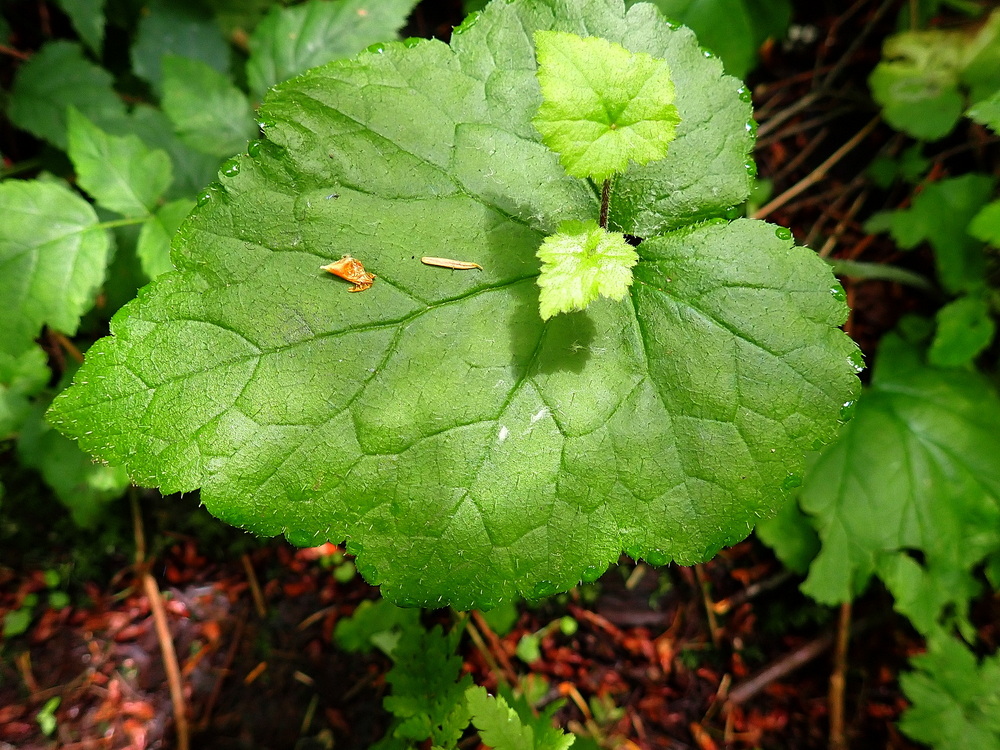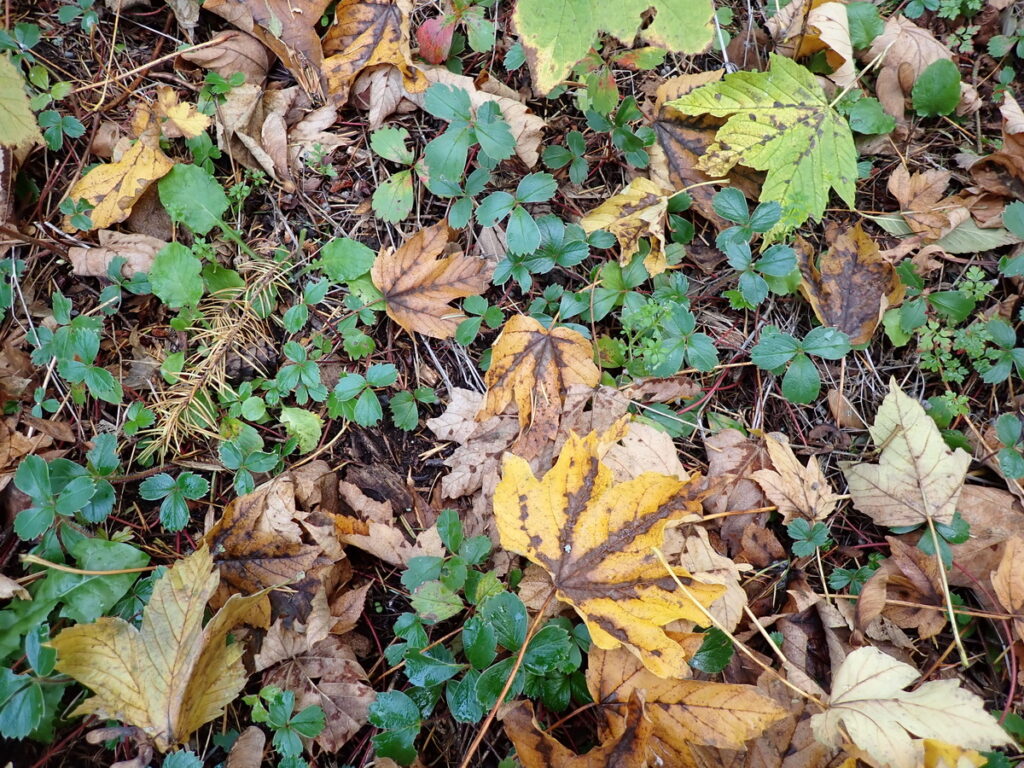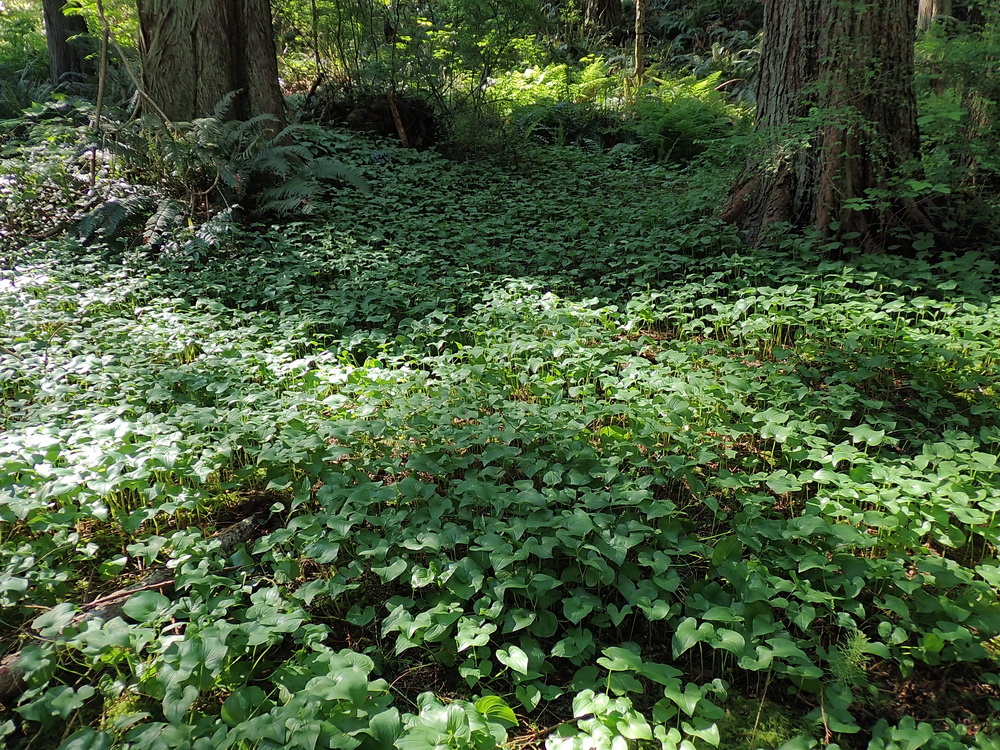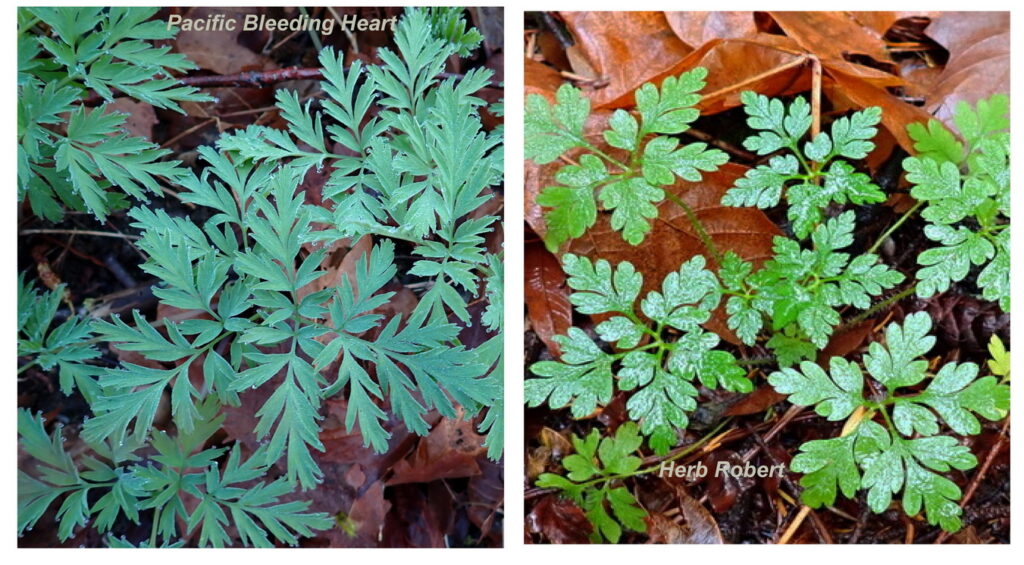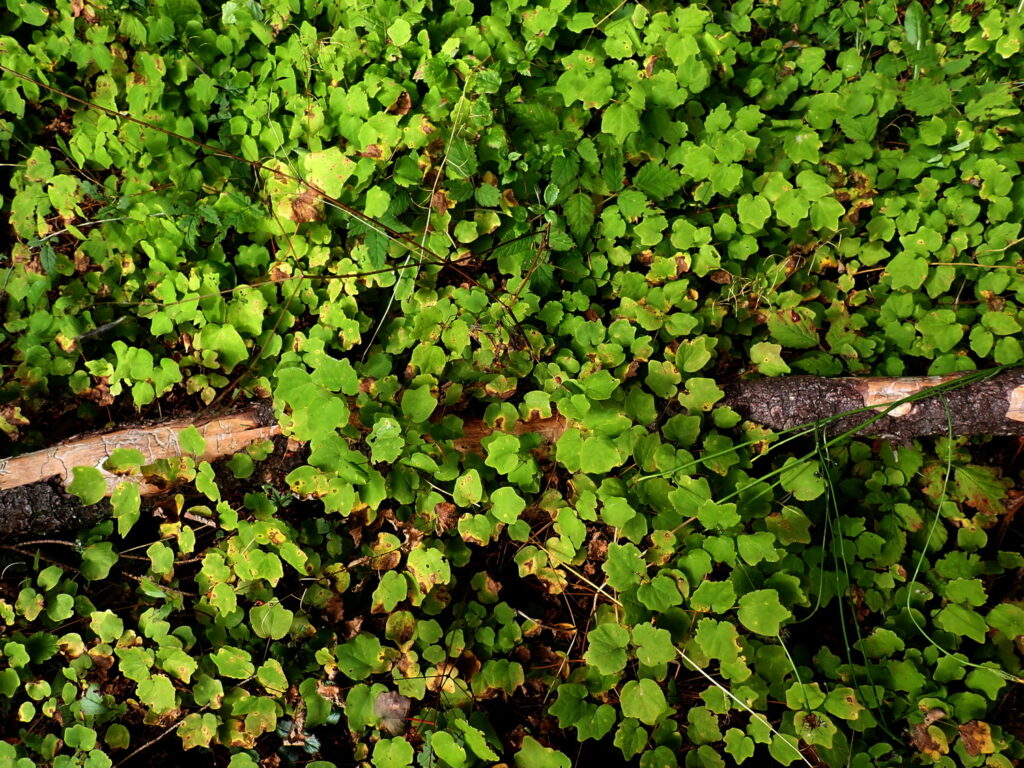In March, as we leave freezing temperatures behind and welcome spring rains, the planting season is upon us again. It may be too early for the best selections at native plant retailers, but not for some easy transplants to assist the spread of plants already growing in our backyard forests. In most cases, these will be plants growing in inopportune spots, that can be “rescued” by transplanting.
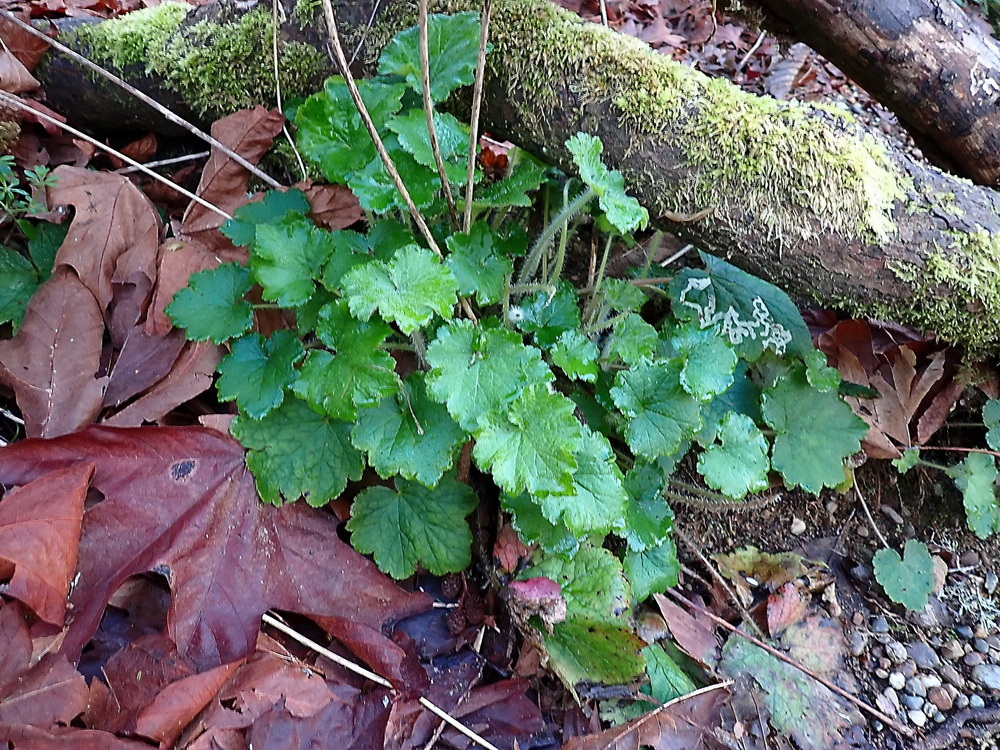
Transplanting Small Forbs that Germinated from Seed
Plants that germinated from seed can be moved when very, very small (barely past the cotyledon stage).
- Before moving a plant, identify the gap in the ground cover in which to install it, and gently sweep aside the duff.
- Dig a planting hole just wide enough for the new resident, reserving the clean soil in a small pail.
- Cut all the way around the rescue plant with a sharp trowel, making a root ball at least as wide as the plant’s drip zone.
- Try to hold the root ball together and carry it directly to the planting site.
- Ease it into the hole.
- Gradually push the reserved soil from the pail down the edges of the hole around the root ball, packing it moderately tight.
- Spread the duff back into the planting spot around the transplant.
For these small, early-season transplants the ground is often moist-enough (and rain predictable-enough) to make irrigation unnecessary. However, if the root ball falls apart, or with larger plants, it makes sense to plant them with water, and even, in some cases, mud them in.
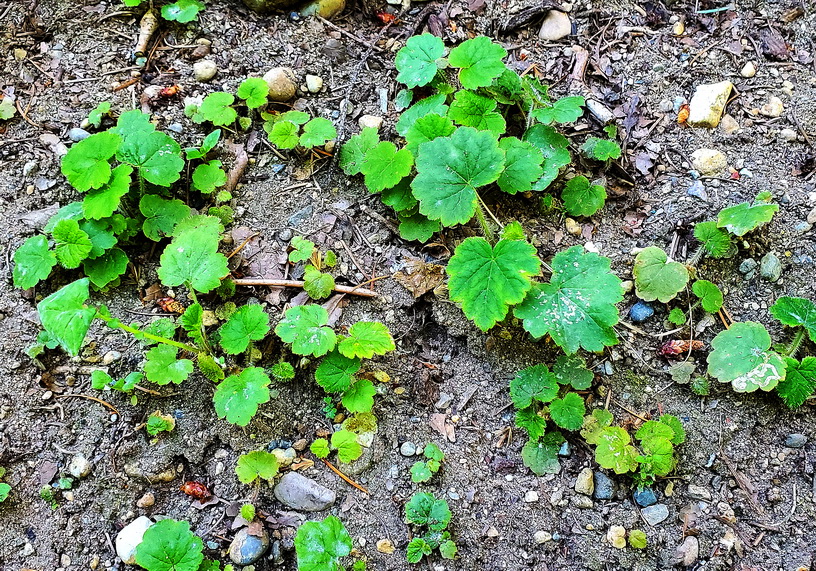
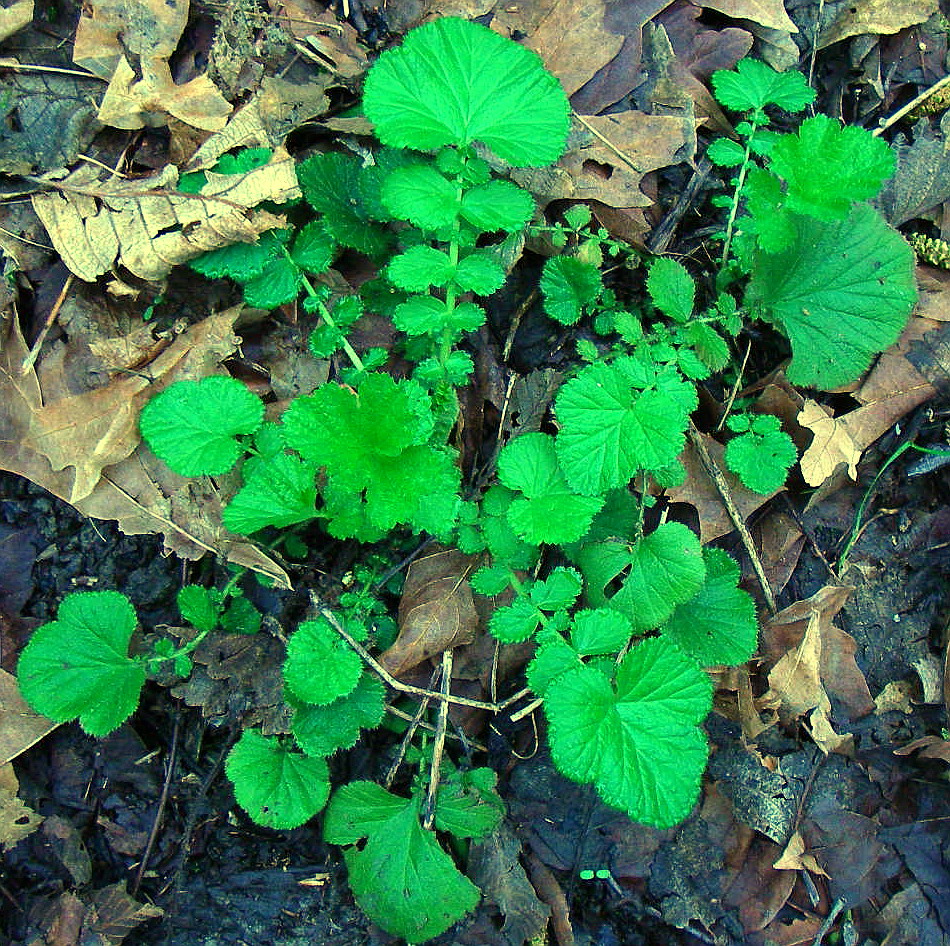
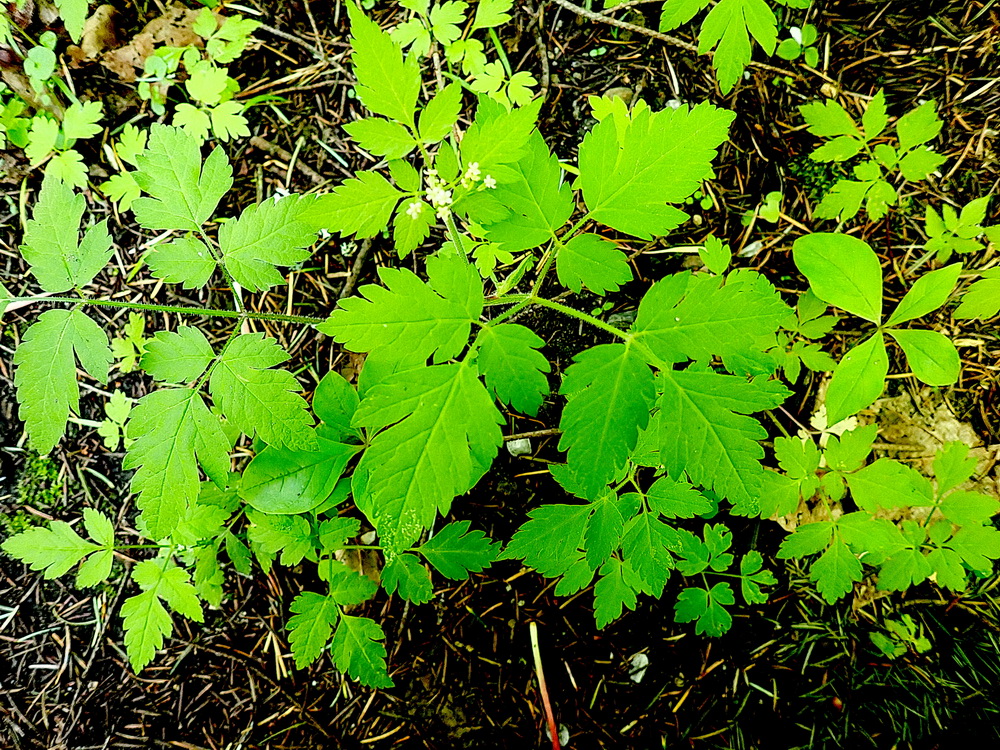
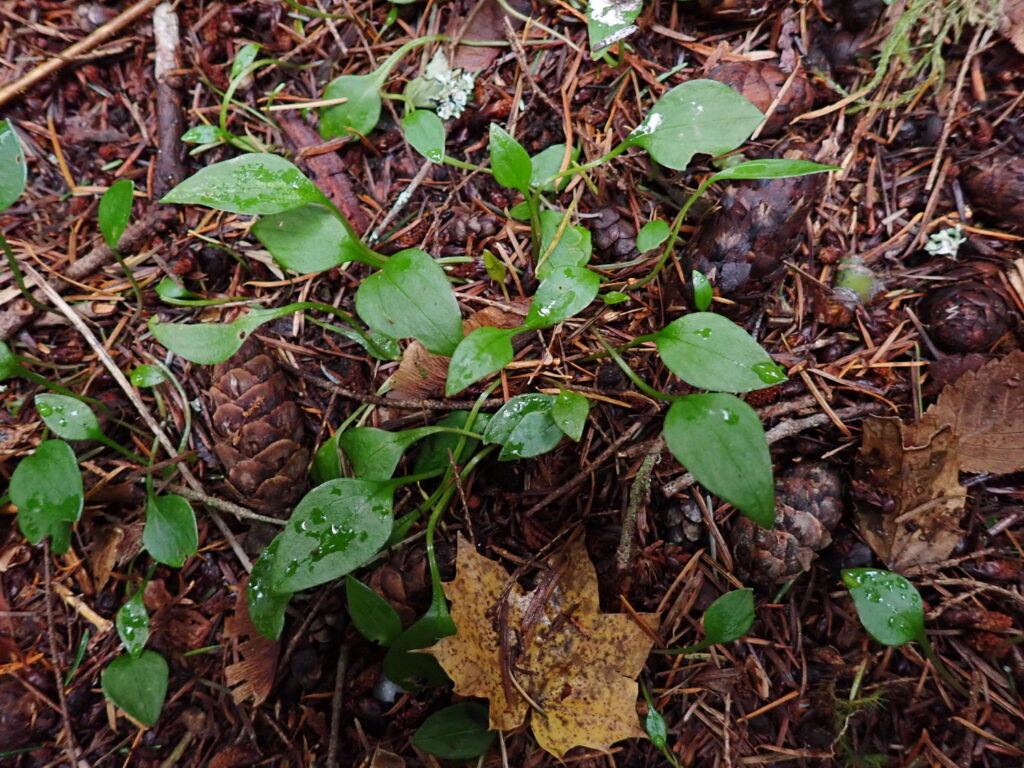
Transplanting Small forbs that Spread by Rhizomes
Plants that spread by rhizomes can be gathered from the edges of colonies. The same basic transplanting procedures described above can work. The differences are:
- A sharp trowel is important to enable a clean cut of rhizomes and roots.
- Pieces of bare rhizomes or bits of root can be mudded in or started in pots for later transplant.
- Ideally, rhizomes can be harvested before leaves emerge from the soil and definitely before flowering.
